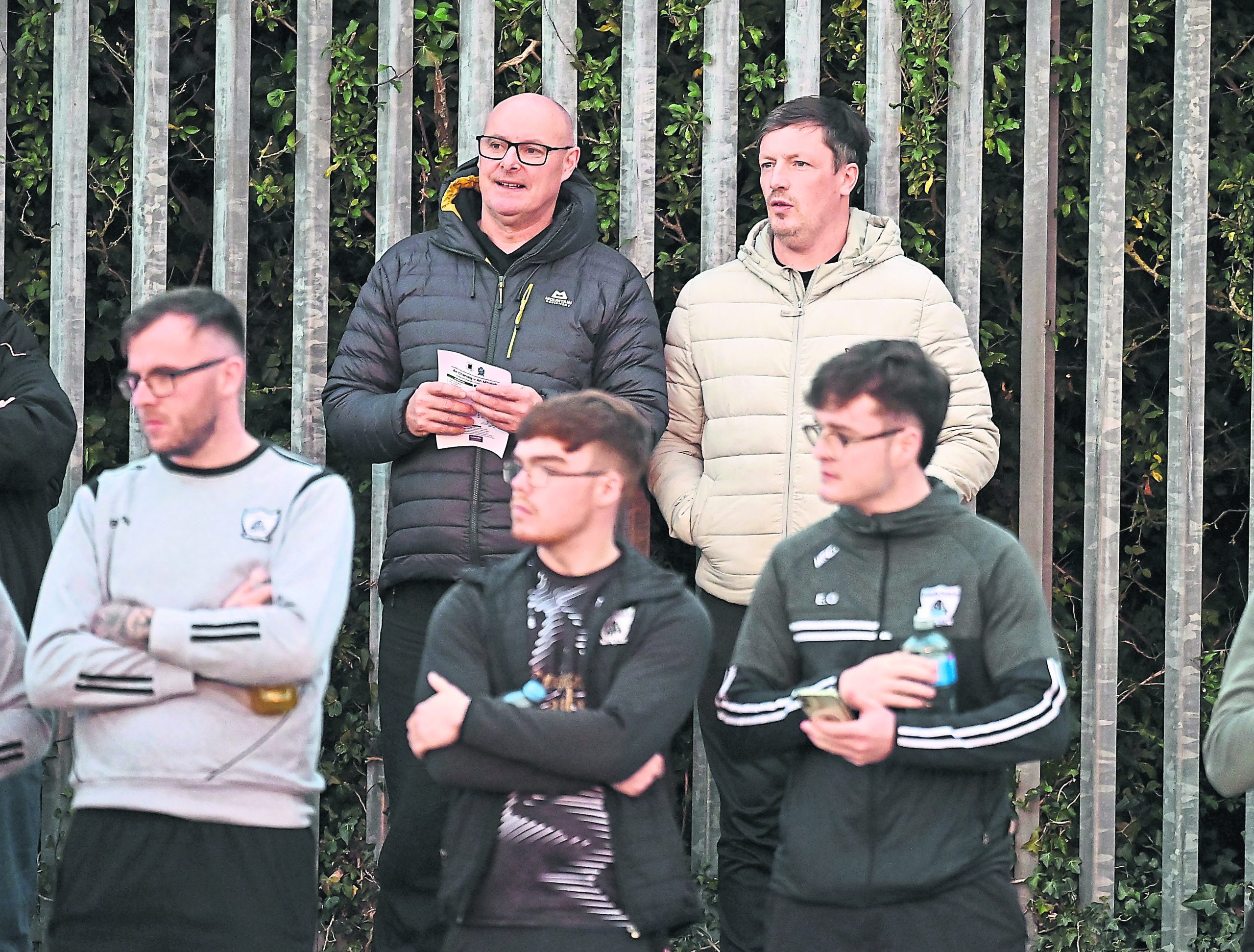THE real answer to the question of when you should start a pre-season is ‘it depends’. Several factors influence when you should start your pre-season, and the most important one is when your last season ended. Teams that progressed deep into the championship may need more recovery time, while others who exited early might be eager to get back on the pitch. There’s no one-size-fits-all answer. However, here’s my advice for structuring a pre-season that gives your team a head start for the 2025 campaign.
Setting the Stage
Before diving into pre-season, it’s important to assess the previous season. Ask yourself: How did the team perform? Were we strong enough? Did we lack skill or conditioning? Were we unable to handle the physical demands of senior football? Or perhaps the gameplan wasn’t as sharp as it could have been. While you won’t turn everything around in just eight to 12 weeks, focusing on your team’s weaknesses while others are resting can give you a significant edge.
Motivation and Recovery
It’s crucial that players come back fully recovered and motivated to start pre-season. Starting too early can lead to burnout and lack of buy-in from the squad. On the other hand, starting too late might leave the team underprepared. Setting clear pre-season goals and coming up with a structured plan is key to maintaining motivation and avoiding aimless training sessions.
Transition Phase (Weeks 1-4)
In the early weeks, it’s essential to ease players back into training. This phase, often occurring between November and December, should be focused on building a foundation of strength and conditioning (S&C) before hitting the pitch. Encouraging players to participate in recreational sports such as soccer or basketball can help them stay active and maintain their competitive edge in a fun, low-pressure environment.
During this transition phase, 1-2 S&C sessions per week are sufficient. These sessions don’t have to be collective; using an app to monitor and hold players accountable can be highly effective.
Personally, I’ve found success with my own personalized app, where I monitor over 30 players to ensure they’re completing the required work. No pitch work is necessary at this stage, but short speed development sessions or aerobic base building on a track or astro turf can be beneficial.
Skills Phase (Weeks 4-8)
As pre-season progresses, you’ll want to increase the intensity of training sessions. In this phase, heavier weights should be introduced during strength and hypertrophy sessions, and skill work should begin in earnest. Focus on the areas where your team struggled last season, whether it’s passing accuracy, ball control, or shooting.
This phase is not about game-based training yet, but rather isolated skill work. It’s an excellent time to focus on individual weaknesses, giving players a chance to hone their technique without the pressure of game situations. Fixing these deficiencies early will pay off later in the season.
Conditioning and Game-Based Training (Weeks 8-12)
As the pre-season progresses into weeks 8-12, it’s time to get back onto the grass. Start introducing conditioning sessions, but pair them with 1-2 gym sessions each week. These can be integrated, with 45 minutes of strength work done before or after the pitch session.
Conditioning at this stage should be structured around player-specific targets, often working through each player’s 110-130 per cent Maximal Aerobic Speed (MAS). Testing can include a 1.2km run to assess fitness levels, followed by increasing volumes of high-intensity speed work, including hill sprints for acceleration training if available.
Game-based training should now start to take centre stage. Begin integrating your system of play into sessions while maintaining the conditioning work. The balance between fitness, skills, and tactical drills will set your team up for success in challenge matches and the upcoming league campaign.
Conclusion
In summary, deciding when to start pre-season depends on your team’s unique circumstances. By following a structured approach—starting with recovery, building strength, refining skills, and integrating game-based conditioning—you’ll ensure your team is well-prepared for the season ahead. Getting the timing right is key to success, and planning a pre-season with a clear focus on recovery, motivation, and gradual intensity will put your team a step ahead of the competition.
Receive quality journalism wherever you are, on any device. Keep up to date from the comfort of your own home with a digital subscription.
Any time | Any place | Anywhere















